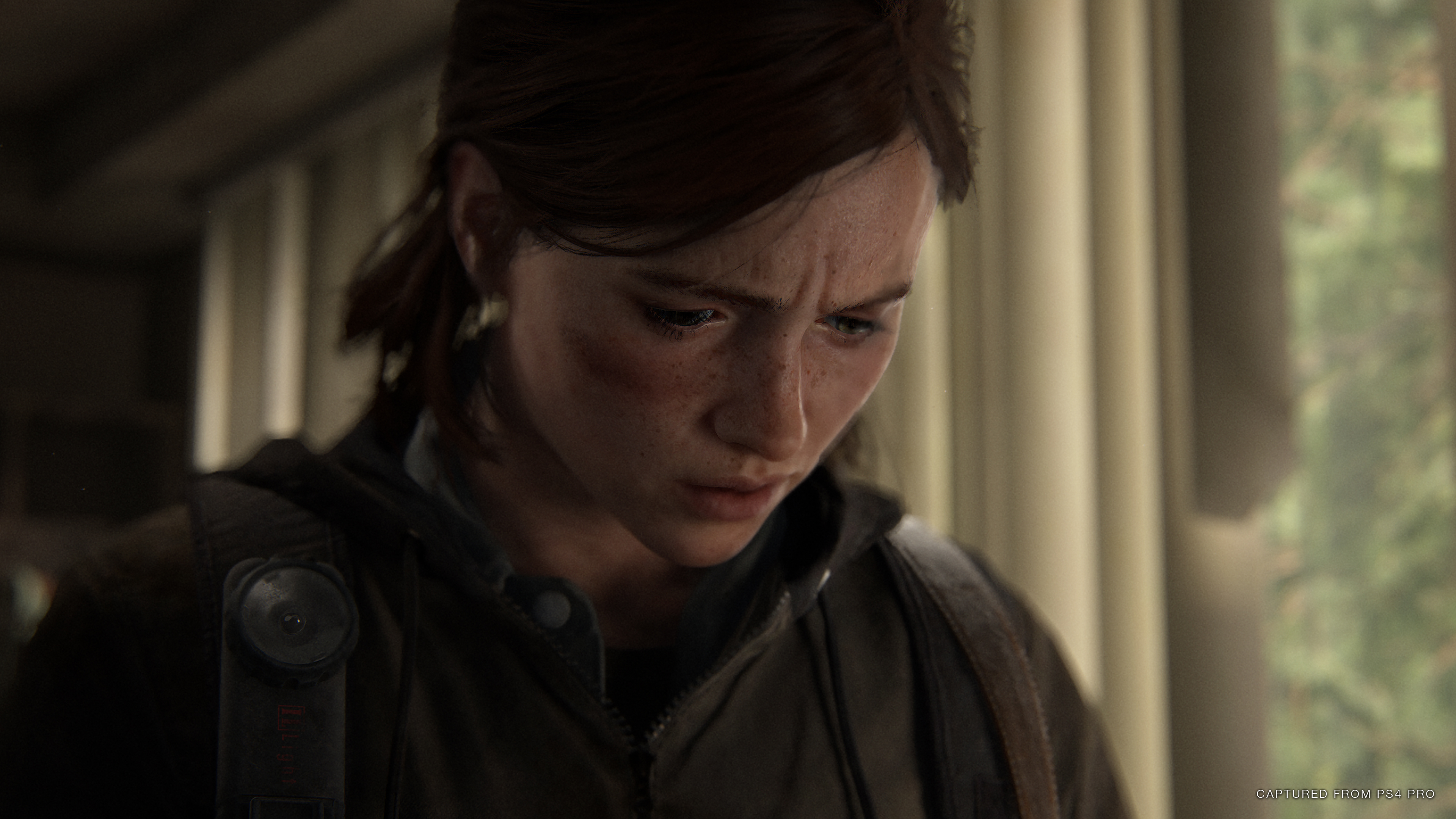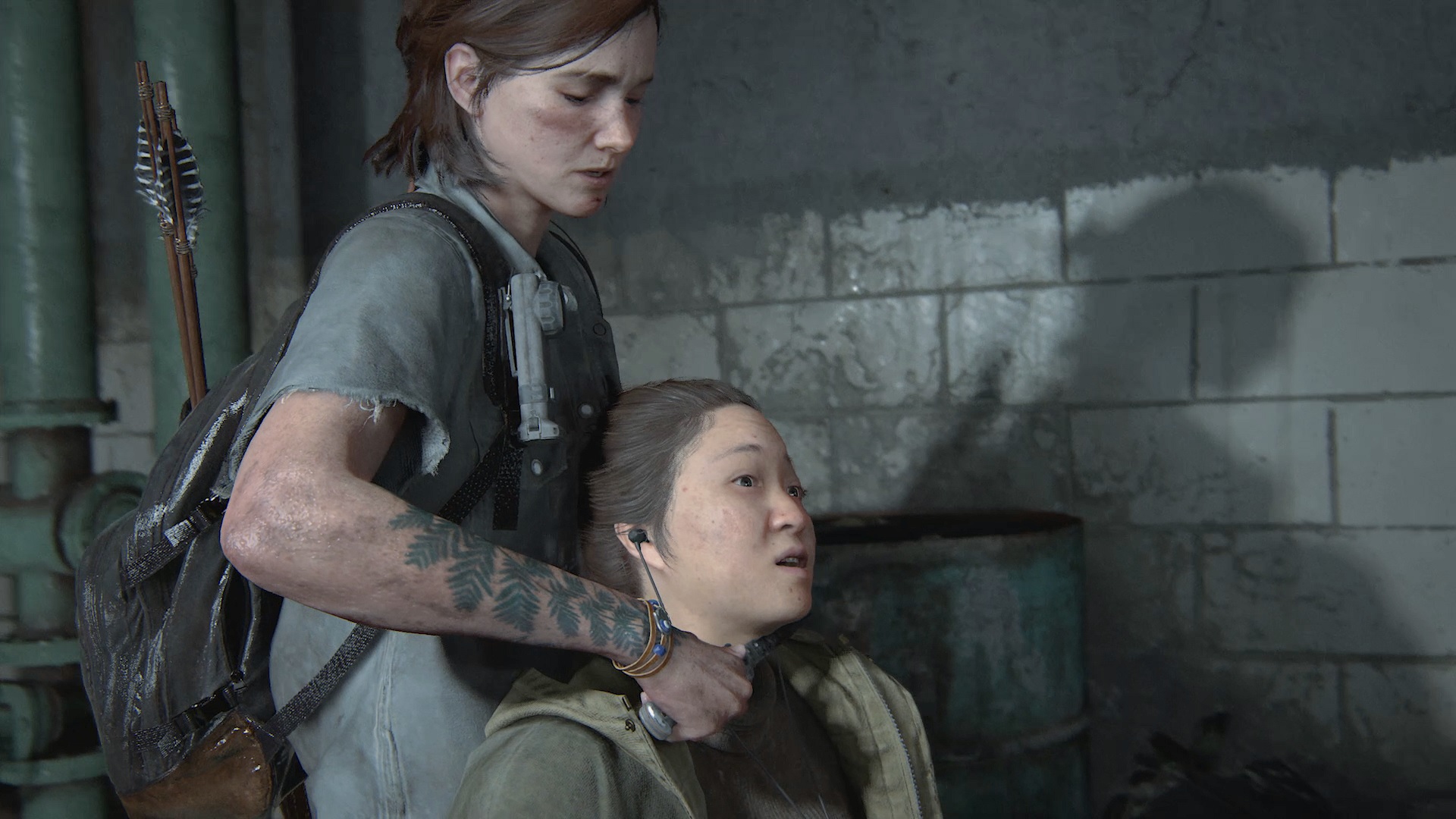The Last of Us Part 2 and how it deals with "authentic trauma"
A spoiler-free discussion with Halley Gross

While there are a lot of things I can’t tell about The Last of Us 2, I can tell you that it’s a game that will change the way you feel about the virtual violence you participate in. Not just in this game, but in all games. One of the ways the game achieves that is its realistic portrayal of the effects of trauma, something that the team at Naughty Dog was worked hard to make as realistic as possible. I spoke to Halley Gross, co-writer on the project, and she revealed a bit about how the team made sure that the emotions they were showing felt as authentic as possible.
"We definitely wanted this game to feel as grounded as possible," Gross told GamesRadar. "So a lot of research was done by every department, you know, the animators, the art directors, we wanted the violence to feel real so that the trauma could feel authentic."
The personal experiences of the writing team were also key to the creative process.
"We also have the benefit of Neil [Druckmann]. Neil grew up in the West Bank [an area east of Israel and the site of decades of political and ideological conflict], so that is also something that's very near and dear to his heart. I've had PTSD before. So that's also something I've very intrinsically understood. And for us, it was important to show characters who get knocked down and are resilient work to pick themselves back up, you know, work to grow from what they've learned from the mistakes that they've made from, from the hardships that the world has thrown at them."

The result, as you might have read in the review or seen in the gameplay previews, are enemies that scream out the names of their friends when they die or mourn their dogs. We know Ellie's history, know the world she's been shaped by and the violence she's endured, but that doesn't make the violence she's dealing out any less devastating.
"So much of this game is from the perspective of people who never knew the world before," continues Gross. "They've always grown up with the infected, and we see Ellie and Dina in the opening the game in the demo that was put out a while back, where this is routine. You know, killing infected is routine. And obviously, when we come to Seattle, we meet a few new faces in terms of the infected but this is what they know how to do. The goals are incredibly clear. Just destroy things that move in front of you."
A person who feels wronged and is driven by that sense of retribution can ultimately be so much scarier
Halley Gross
That's true for Ellie and Dina, but also for you as the player. You know how these games go, anything that moves into your line of sight is a target, there are no questions of morality when you're facing down a disfigured monster that can't beg for mercy.
Sign up to the GamesRadar+ Newsletter
Weekly digests, tales from the communities you love, and more
"What becomes scary and what we wanted to unpack is this cycle of violence conversation, this idea that violence begets violence," explains Gross. "A person who feels wronged and is driven by that sense of retribution can ultimately be so much scarier because they're human. Because they're calculating. Because they're thoughtful. Because they are unrelenting."
"You know, Ellie can stop and regroup. The WLF can strategize. The Serpahites can heal from these assaults that they get and come back stronger. We really wanted to focus on choice here, on how every day, every moment these characters have the opportunity to be pushed by this need for justice, to be pushed by this need to right wrongs versus something that might feel inherently less satisfying in the moment, or they think might be less satisfying, but it's ultimately investing."
You'll get to experience the trauma and violence of The Last of Us Part 2 for yourself on June 19, but just know you're not ready. We'll have more from Gross after the release date.

Rachel Weber is the former US Managing Editor of GamesRadar+ and lives in Brooklyn, New York. She joined GamesRadar+ in 2017, revitalizing the news coverage and building new processes and strategies for the US team.


